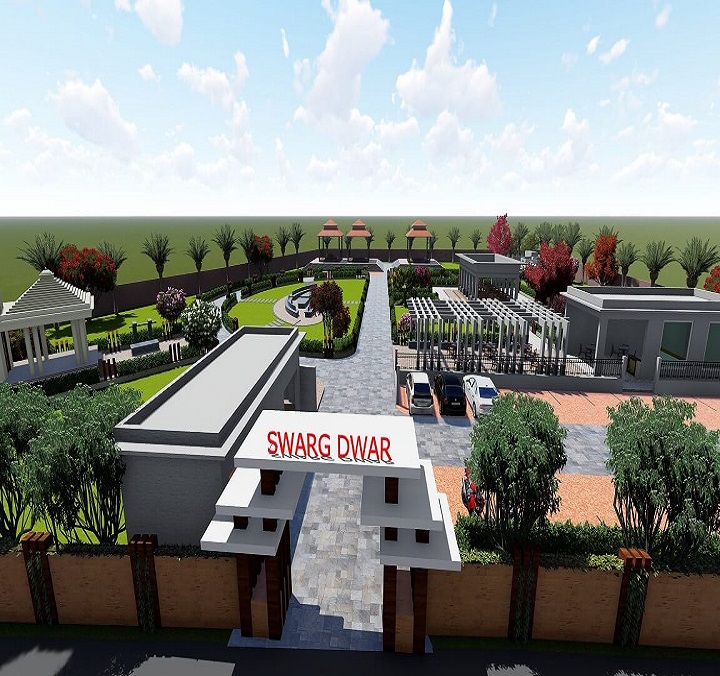
How old big Temples of India Beautifully Constructed In Ancient Time?
How old big Temples of India
Beautifully constructed in ancient times?
The scale of the
temples, the momentous splendor that could be witnessed in the architecture
tells the tales of an era gone by, of kingdoms and their rise, the integration
of faith with the general public.
The architecture
of the ancient Hindu temples is synonymous with the belief that Hinduism holds.
The temple was a
place of pilgrimage, of finding oneself, of teaching and learning.
It was a
delicate balance of arts, encrusted in everlasting stones.
It does make one
question, how were we able to do this?
How were we able
to build such grand, beautiful temples in ancient times?
What tools did
they use?
What techniques
did they employ?
How marvelous
the engineering must have been, to enable the temples to withstand the sands of
times.
The temples of
those times are the remnants of the hard work of labor, of the will and wit of
the ancients who accomplished the seemingly impossible.
It is said that
all the cosmic elements that create life are depicted in the temple.
It is the
balance of all the five elements of creation.
Typically the
space beneath and above the deity is hollow, bare from any decoration.
This represents
the supreme principle.
The purpose of the temple is to encourage reflection, facilitate the triggering of the process of
inner realization.
Central to
Hinduism is the search for the eternal truth.
It is when one
attains the truth that one is liberated from the cycle of birth and death and
achieves moksha.
The architecture of the temples aimed to depict the link between man and the truth.
It depicted the
various ways in which it could be achieved, through deities, through karma, and
so on.
This idea is the root of the architecture of the temple.
The various
principles which stemmed from this would go on to be described in Shilpa
Shastras.
Based on the
geographical locations, Vastu would be developed and temples would be designed
accordingly.
Coming to how
they were able to build such lasting temples depends a lot on the materials they
chose and their workmanship.
Most temples
that still stand today are made of stone.
As could be
inferred from the above and the ancient texts, it could be said that the
temples were a very important construction for the ancient people.
Temples at a time
were the mark of a victory, at times they were the pillar of celebration.
Owing to the
importance of the construction of temples, it can be understood that the very
best craftsmen, workers, and laborers were chosen to work under accomplished
architects and engineers who had been trained in the principles of temple
construction.
The lifting of
stones was done with pulleys and possibly ramps were constructed.
It is theories that as the construction
happened, many lessons were learned from mistakes made previously and as the
ancients learned more about the world around them, as science and mathematics advanced so did their application.
So the success behind the long-standing temples could be the previous experimental ones and as the construction and their understanding of it were refined, a theory was developed.
After visiting the grand temples of ancient India, it is expected that you might be in awe of the grandeur that is exhibited by those temples.
Easy Nirman Construction was Never Easy Before Us









No Comments yet ...